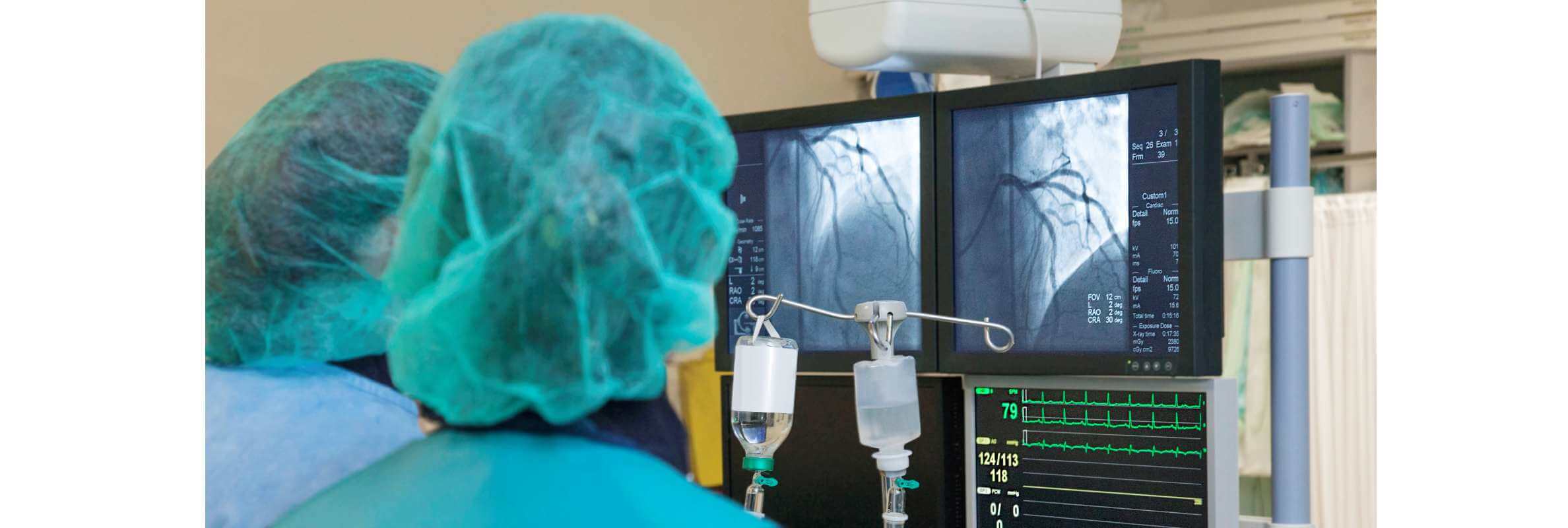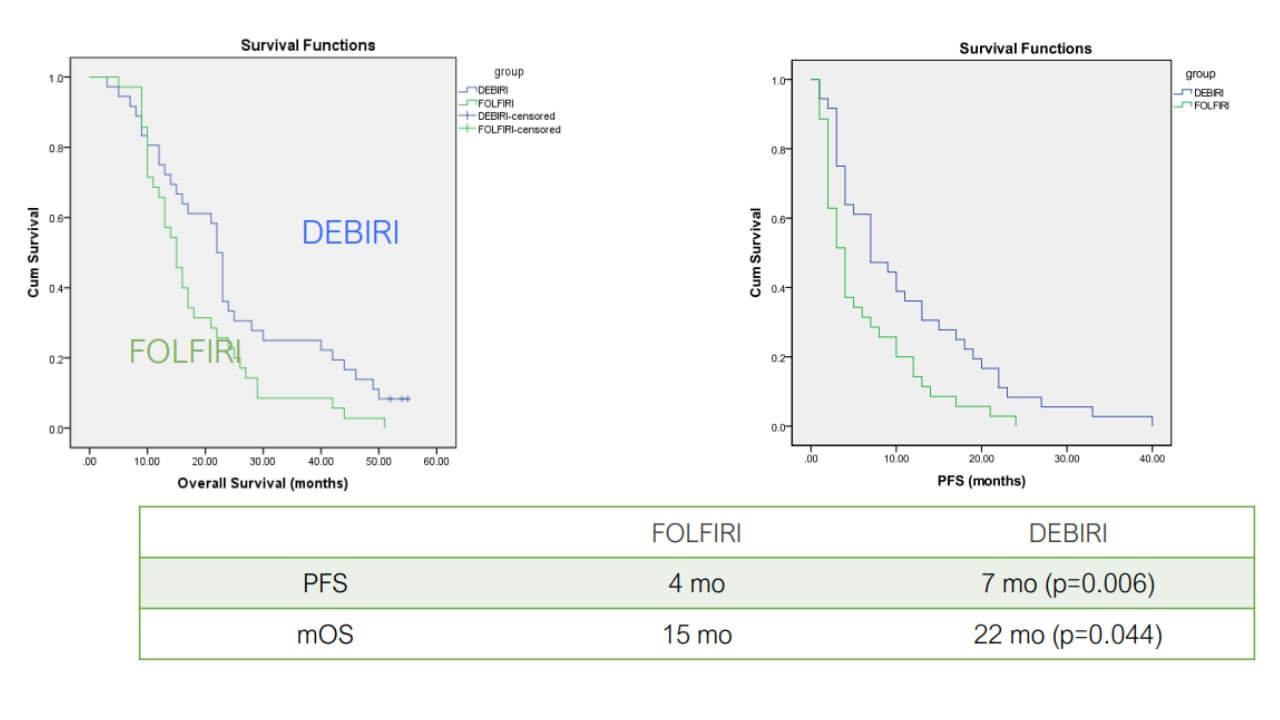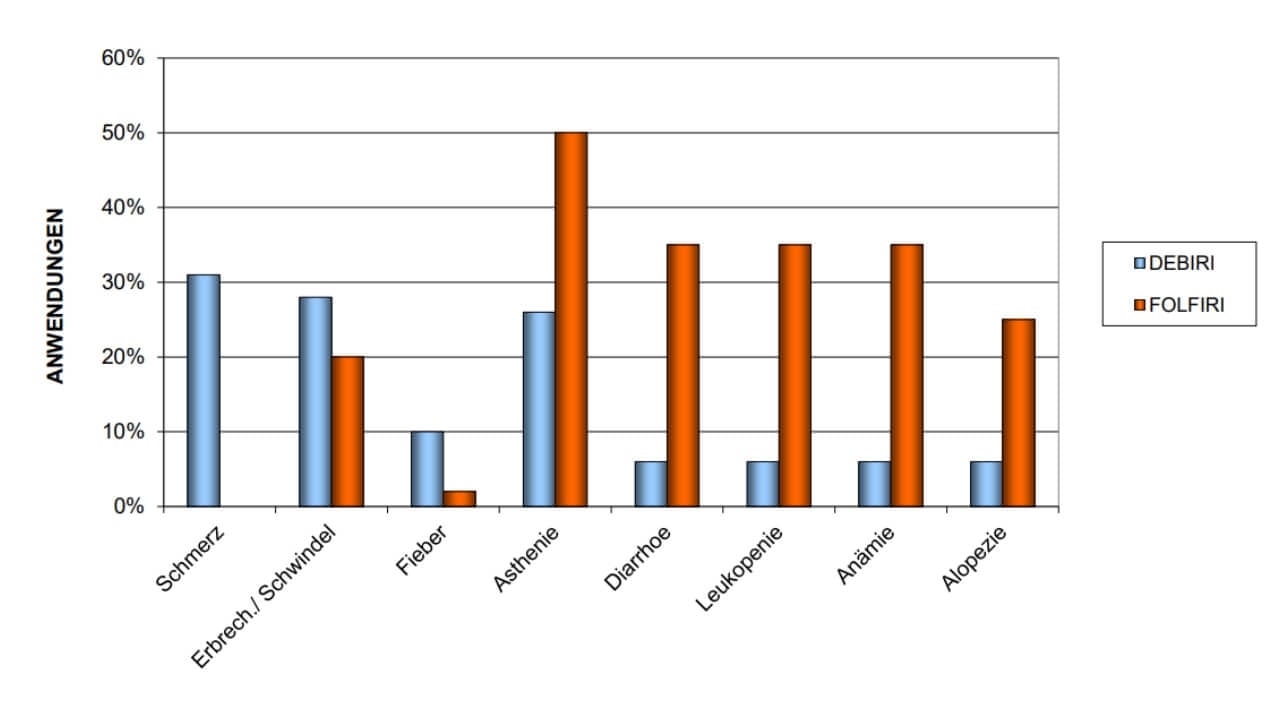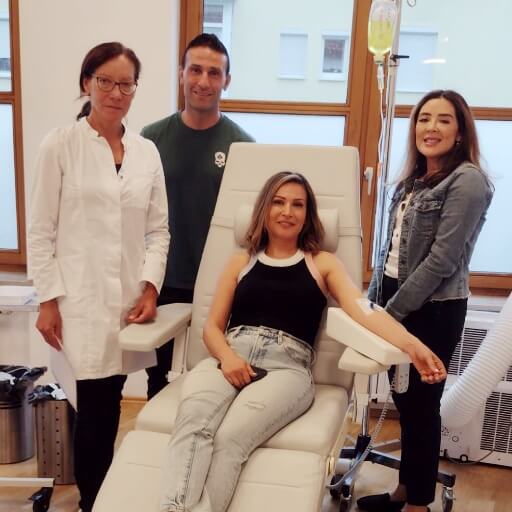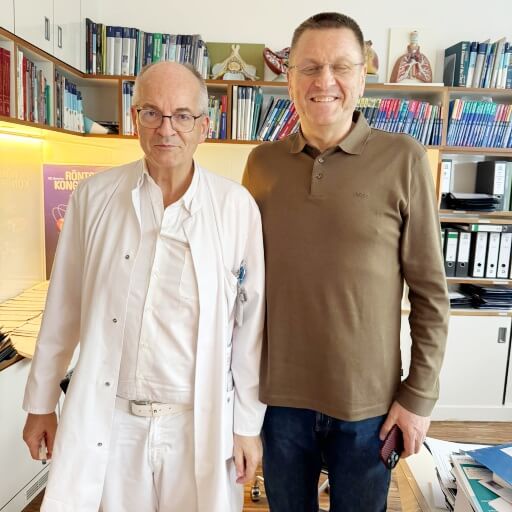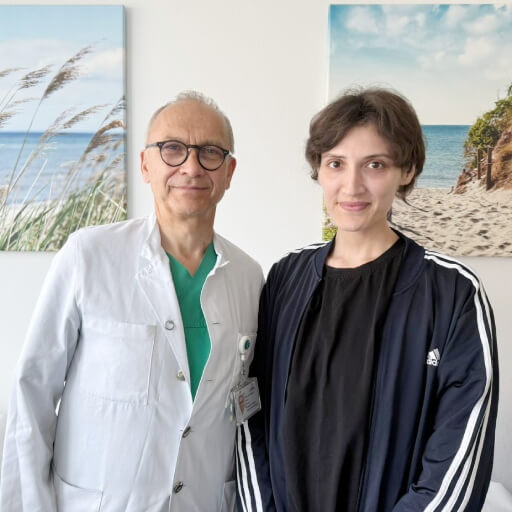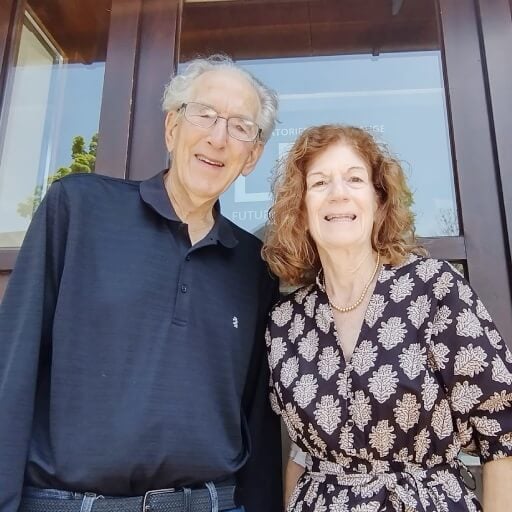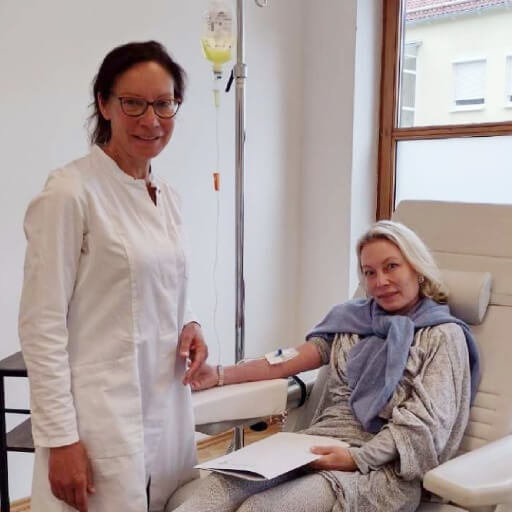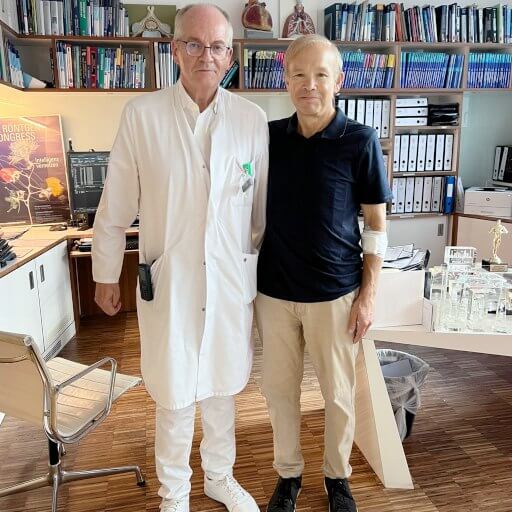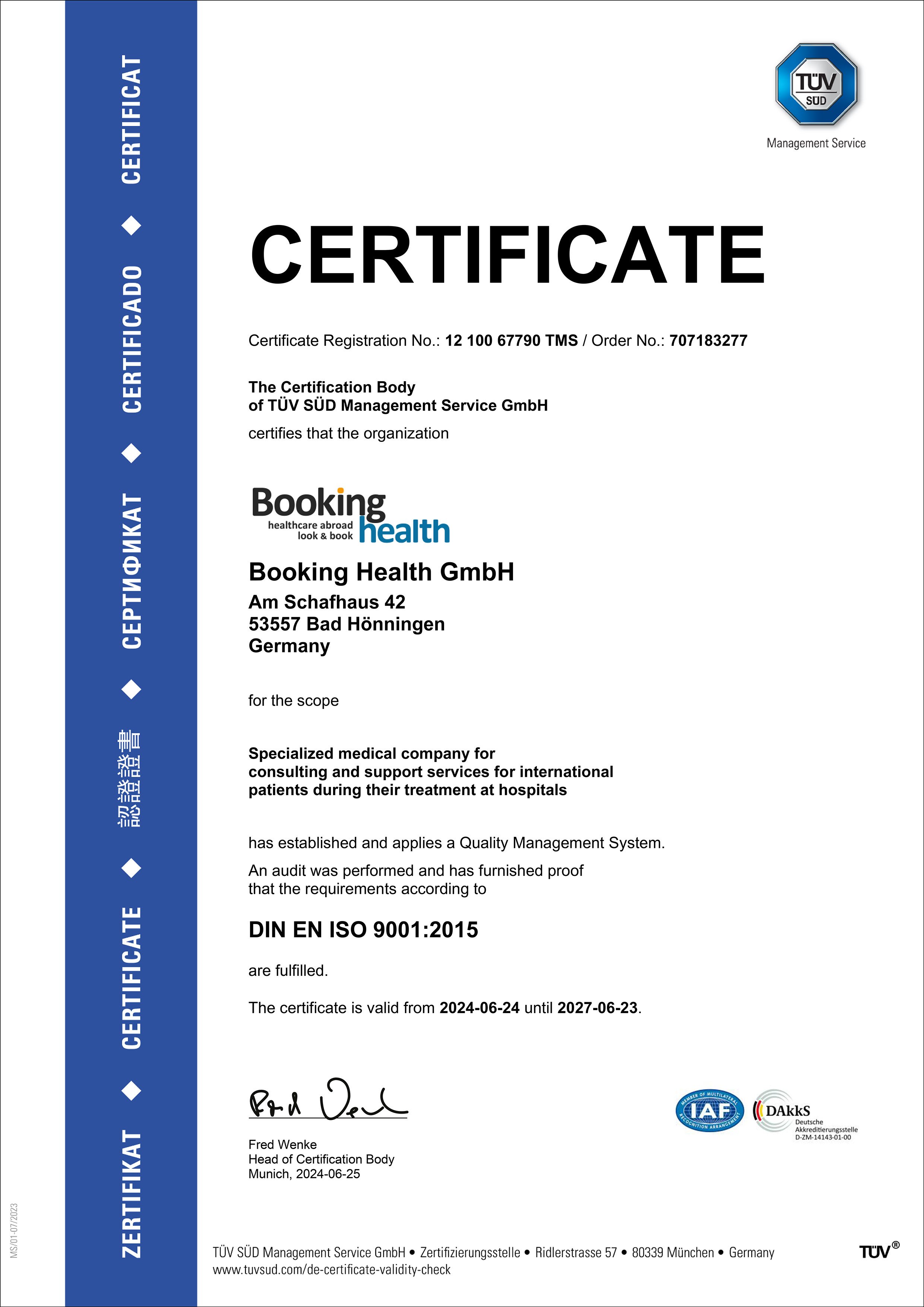Transarterial Chemoembolization (TACE) is one of the most widely used and effective minimally invasive treatments for liver tumors and other cancers with localized blood supply. As technology and oncology have evolved, TACE has become even more precise and personalized in 2025, offering patients new hope – especially when surgery isn’t an option. In this article, we’ll take a closer look at how the procedure works, when it’s recommended, and what to expect before, during, and after TACE.
What TACE Is and How It Works
Arterial Chemoembolization is a minimally invasive cancer treatment that delivers chemotherapy directly to a tumor through its arterial blood supply, followed by embolization – the blockage of those vessels – to trap the drug inside the tumor and cut off its oxygen and nutrients. The procedure is performed by interventional radiologists under imaging guidance and is most commonly used when surgery is not an option.
The Full Meaning of TACE and Its Core Concept
TACE Transarterial Chemoembolization, a term that reflects the two key steps in the treatment: using arteries to access the tumor (transarterial) and combining chemotherapy with embolic agents (chemoembolization). This dual approach allows doctors to attack tumors locally while sparing the rest of the body from the harsh effects of systemic chemotherapy.
A catheter is threaded through a small incision in the groin or wrist and guided into the artery that feeds the tumor. A mix of chemotherapy and embolic particles is then injected. The chemo targets cancer cells directly, while the embolic material seals off the blood flow, intensifying the drug’s impact and limiting its spread.
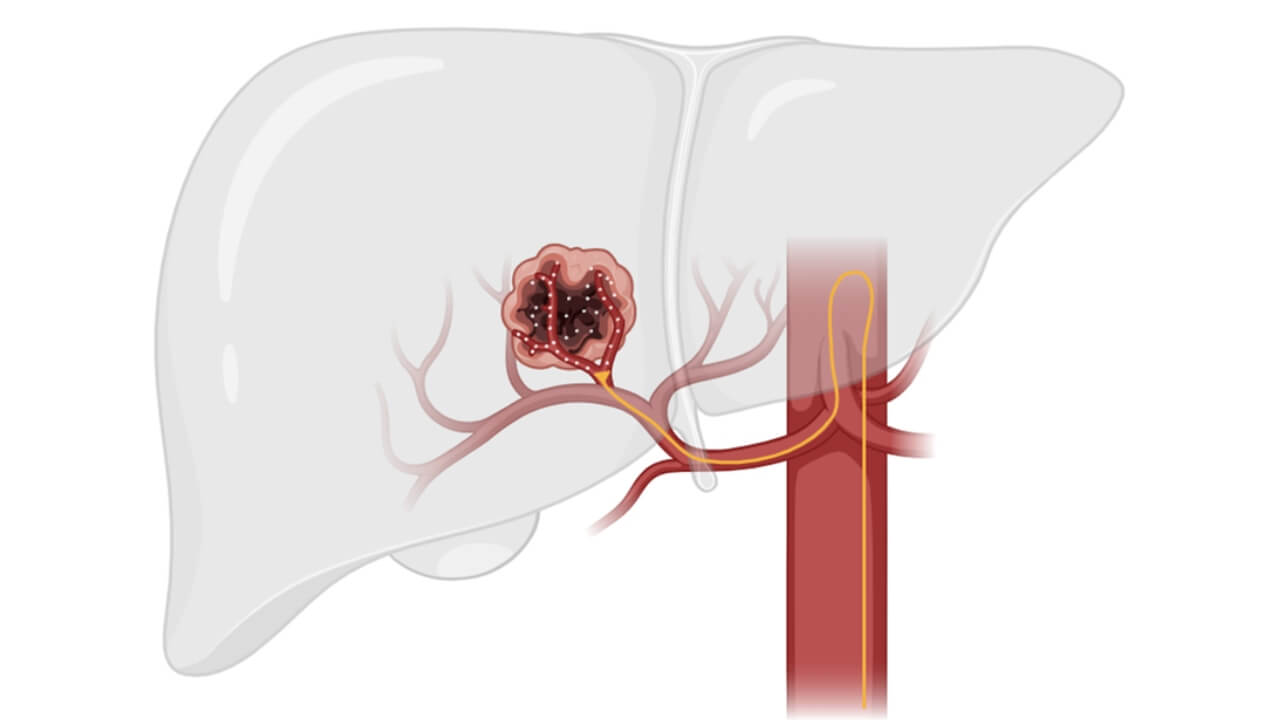
Why TACE Is Effective in Tumors with Arterial Blood Supply
TACE (Cemoembolization) is especially effective in tumors that receive most of their blood from arteries. This is common not only in primary liver cancers but also in certain metastatic lesions, kidney tumors, and even neuroendocrine tumors. Because healthy tissues often rely on different vascular systems, TACE can precisely target cancer cells while minimizing collateral damage.
For this reason, leading medical societies such as the American College of Radiology and the Society of Interventional Radiology recommend TACE as a standard option in selected patients with unresectable or treatment-resistant tumors [2].
When TACE Is Used: Indications and Contraindications
Chemoembolization procedure is most often used in advanced-stage cancers where traditional surgery or systemic therapy is no longer effective – but the tumor is still accessible through its arterial blood supply. Over the past few years, interventional oncologists in Germany have successfully applied TACE medical procedure beyond liver cancer, extending its use to a broader range of solid tumors.
Which Cancers Can Be Treated with TACE?
While TACE was originally developed for hepatocellular carcinoma (HCC), modern protocols now allow its use in many stage IV cancers with localized or oligometastatic spread. The key factor is whether the tumor or its metastases have a rich arterial blood supply, which allows the chemoembolization to target them effectively.
TACE cancer treatment includes:
- Liver tumors: both primary (like HCC) and secondary (metastases from colon, breast, stomach, or pancreatic cancer)
- Kidney cancer, especially when the tumor is inoperable or has metastasized to the liver or lungs
- Neuroendocrine tumors (NETs), particularly when metastases are liver-dominant
- Advanced breast cancer, in cases with isolated liver or bone lesions
- Pancreatic cancer, especially in cases with limited liver spread
- Lung, bladder, uterine, prostate, and ovarian cancers, when standard therapy has failed, but there are accessible metastases
- Melanoma, appendiceal cancer, and other rare solid tumors with liver or lymph node involvement
Many of these treatments are performed in specialized German cancer centers that focus on interventional oncology and combine TACE with other local or systemic therapies for maximum effect.
When TACE Is Not Recommended
Despite its versatility, TACE chemotherapy isn’t suitable for every patient. Contraindications may include:
- Poor liver function (Child-Pugh C)
- Complete portal vein thrombosis (in some cases)
- Active infections or coagulation disorders
A detailed evaluation by a multidisciplinary team is always essential before the procedure. In experienced hands, proper patient selection ensures high efficacy and low complication rates.
What to Expect After TACE
Transarterial chemoembolization procedure is considered a safe and well-tolerated procedure in oncology – especially when performed in expert centers, where every step is guided by imaging and managed by experienced interventional radiologists. Most patients complete the treatment without any serious complications and return to normal life shortly after.
It’s common to feel a bit tired or experience mild discomfort for a few days. This short recovery phase, known as post-embolization response [3], may include low-grade fever, nausea, or abdominal pressure. These reactions are temporary and usually pass quickly with light supportive care – no hospital stay is typically required.
Serious complications are rare, especially when the patient is carefully selected and the procedure is done properly. That’s why leading clinics in Germany use advanced imaging systems and follow strict safety protocols – minimizing risks while maximizing results.
In the right hands, TACE offers focused cancer control with minimal impact on daily life - a balance that many patients appreciate.
What Happens During the TACE Procedure
Chemoembolization is a technically precise but surprisingly gentle procedure for the patient. Everything starts with detailed imaging. The patient lies on a specialized table equipped with a scanner that creates a high-resolution 3D model of the body. This scan helps doctors determine how TACE can be performed safely and effectively.
If the tumor is accessible, the interventional radiologist begins by inserting a thin microcatheter through a small puncture in the groin or wrist. The catheter is carefully navigated through the blood vessels to reach the artery feeding the tumor – most commonly in the liver, but it can be in other locations as well. Once in position, another 3D scan is performed to confirm the exact target area.
The next step is the injection of chemo drugs directly into the tumor’s blood supply. Immediately after that, tiny embolic particles are delivered to block the vessel. This dual action traps the drug at the tumor site and cuts off its blood flow, preventing further growth.
After the procedure, the recovery is usually fast. Depending on the patient's condition, they either stay briefly in the interventional unit or are moved to a day clinic within the same building. Because all departments are close together, the medical team can monitor patients continuously without delays or transfers.
Additional insights into how transcatheter arterial chemoembolization is performed – and how it can be combined with other therapies for complex tumors – are explained in detail by Prof. Atilla Kovács in this interview.
Prof. Kovács: Why Interventional Oncology Should Be the Fourth Pillar of Cancer Care
How Effective Is TACE and Why It Matters
Transarterial Chemoembolization has proven to be more than just a temporary measure - in many cases, it meaningfully extends survival and improves the quality of life in patients with advanced cancers. Its biggest strength lies in its ability to target the tumor directly, reducing its blood supply and holding its growth in check, all while sparing healthy tissues and avoiding the harsh side effects of full-dose systemic chemotherapy.
Key advantages of TACE are:
- Focused tumor control: By delivering treatment directly to the tumor, TACE avoids damage to other organs.
- Lower systemic toxicity: Patients often tolerate TACE much better than traditional chemotherapy.
- Repeatable: The procedure can be done more than once, depending on the tumor’s response.
- Flexible in combination: TACE is often used alongside immunotherapy, targeted drugs, or ablation for stronger results.
- Minimally invasive: No large incisions, shorter recovery, and less risk of complications.
What makes TACE stand out is that it’s not just about slowing the disease – it can actually help patients live longer. In a large clinical study of over 500 patients, those who received TACE had an average survival of over 17 months, compared to just 5 months in those who received no active treatment [4]. Even at the eight-year mark, a small but real number of patients treated with TACE were still alive, while survival in the untreated group plateaued early on and showed no long-term benefit.
| Number of patients | Follow-up (months) | Survivors | |
|---|---|---|---|
| Salvage therapy | 29 | 54 | 0% |
| Early TACE | 45 | 45 | 80% (36/45) |
*Huppert P. et al CVIR 2013, Prof. Dr. Attila Kovács data [5]
How TACE Therapy Compares to Other Cancer Treatments
TACE isn’t the only option for treating solid tumors, but in specific clinical situations, it offers a balance that’s hard to beat. While systemic chemotherapy and other local therapies like radiofrequency ablation (RFA) or microwave ablation (MWA) are widely used, each method has its own role – and its own limits.
TACE vs Systemic Chemotherapy
Systemic chemo spreads through the entire body, which is helpful when cancer has widely metastasized – but it also means higher toxicity and more side effects. Fatigue, hair loss, nausea, and immune suppression are common. In contrast, TACE focuses the chemo exactly where it’s needed – inside the tumor. Patients often tolerate it better, with fewer systemic complications and less disruption to daily life.
TACE treatment for cancer isn’t a replacement for chemotherapy, but in many cases, it’s used when chemo alone has stopped working or isn’t enough. It can also be combined with targeted therapy or immunotherapy to increase its impact.
| Characteristic | Standard Methods | TACE |
|---|---|---|
| 2-Year Survival Rate | ~25–35% for relapsed/refractory cases | ~60% for advanced cancer |
| Benefits of the treatment method | Widely available, effective for systemic disease. Temporarily slows tumor growth | Targets tumors directly, minimizes systemic exposure, can be repeated as needed |
| Side Effects | Severe systemic toxicity (nausea, fatigue, neutropenia, infections) | Mild (localized discomfort) |
TACE vs Radiofrequency and Microwave Ablation
Ablation techniques like RFA and MWA use heat to destroy tumors. They work best for small, clearly defined lesions – usually under 3 cm. But they come with limitations: access can be tricky, and the heat can damage nearby structures like bile ducts or blood vessels.
TACE, on the other hand, doesn’t rely on thermal energy. It can treat larger or more irregular tumors, especially those located in difficult areas. And because it works via the tumor’s blood supply, it can reach deeper or more complex sites that ablation can’t safely access.
Why Centers Often Choose TACE First
In many top oncology centers, especially in Germany, TACE is the first-line local therapy for unresectable liver tumors or metastatic lesions with arterial supply. It’s repeatable, customizable, and can be combined with other treatments over time. Instead of a one-shot approach, it becomes part of a long-term plan tailored to the tumor’s behavior.
Ultimately, the choice isn’t about which treatment is "better" – it’s about the right tool for the right situation. But for tumors with active blood supply, and for patients who need local control without major surgery, TACE continues to hold a strong position.
Where to find TACE treatment?
Germany remains one of the leading destinations for patients seeking advanced cancer care, especially when it comes to TACE treatment. With a wide range of TACE treatment options in Germany, from standard protocols to highly personalized interventional radiology plans, local hospitals offer care that meets the highest medical standards.
Choosing the right clinic, however, can be challenging - especially if you’re navigating it from abroad. That’s where Booking Health steps in. As an official medical tourism provider, they help patients access the full spectrum of TACE treatment in Germany. From the first consultation to post-procedure follow-up, Booking Health handles the logistics, including paperwork, translations, and travel coordination.
Whether you're looking for a university hospital or a more private setting, you’ll find expert teams familiar with every detail of the procedure – from imaging and microcatheter steps to post-TACE care. With Booking Health, you're not just getting treatment; you're supported through the entire therapeutic process, from definition of diagnosis to recovery.
TACE can be a turning point in your cancer therapy. With the right clinic and support system, starting your treatment in Germany can be a straightforward and empowering experience.
A Medical Journey: Every Step of the Way With Booking Health
Finding the best treatment strategy for your clinical situation is a challenging task. Being already exhausted from multiple treatment sessions, having consulted numerous specialists, and having tried various therapeutic interventions, you may be lost in all the information given by the doctors. In such a situation, it is easy to choose a first-hand option or to follow standardized therapeutic protocols with a long list of adverse effects instead of selecting highly specialized innovative treatment options.
To make an informed choice and get a personalized cancer management plan, which will be tailored to your specific clinical situation, consult medical experts at Booking Health. Being at the forefront of offering the latest medical innovations for already 12 years, Booking Health possesses solid expertise in creating complex cancer management programs in each individual case. As a reputable company, Booking Health offers personalized treatment plans with direct clinic booking and full support at every stage, from organizational processes to assistance during treatment. We provide:
- Assessment and analysis of medical reports
- Development of the medical care program
- Selection of a suitable treatment location
- Preparation of medical documents and forwarding to a suitable clinic
- Preparatory consultations with clinicians for the development of medical care programs
- Expert advice during the hospital stay
- Follow-up care after the patient returns to their native country after completing the medical care program
- Taking care of formalities as part of the preparation for the medical care program
- Coordination and organization of the patient's stay in a foreign country
- Assistance with visas and tickets
- A personal coordinator and interpreter with 24/7 support
- Transparent budgeting with no hidden costs
Health is an invaluable aspect of our lives. Delegating management of something so fragile yet precious should be done only to experts with proven experience and a reputation. Booking Health is a trustworthy partner who assists you on the way of pursuing stronger health and a better quality of life. Contact our medical consultant to learn more about the possibilities of personalized treatment with innovative methods.
Advanced Cancer Treatment: Patient Success Stories with Booking Health
FAQ: Transarterial chemoembolization
Send request for treatmentTransarterial chemoembolization (TACE) is a minimally invasive therapeutic procedure used in interventional radiology to treat liver tumors. It combines targeted chemotherapy and embolization to block blood flow to the tumor, enhancing the local effect while sparing healthy hepatic tissue.
TACE involves the injection of anti-cancer medicine directly into the tumor’s blood supply using microcatheters. Embolic particles are then used to block the artery, cutting off oxygen and nutrients. This dual-step procedure leads to strong local tumor control with fewer systemic side effects.
TACE is typically used for patients with hepatocellular carcinoma (HCC) or metastatic liver tumors who are not eligible for surgery. Candidates should have preserved liver function, no major portal vein invasion, and good overall performance status. Imaging and liver function tests guide eligibility.
TACE is generally well-tolerated. Patients may feel discomfort or pain in the liver area after the procedure due to local inflammation. Pain is usually managed with medicine. Because it's minimally invasive, recovery is faster compared to open surgery.
Side effects may include fatigue, fever, nausea, and post-embolization syndrome. Interventional radiology teams use imaging and perfusion monitoring to reduce risks and ensure safety during and after the procedure.
TACE has shown strong tumor response rates in both primary and metastatic liver cancers. In patients with HCC, it improves survival and delays recurrence. Its targeted nature allows for high local drug concentration, improving outcomes compared to systemic chemotherapy.
Most patients stay in the hospital for 1-2 days after TACE. Liver function is monitored closely post-procedure to ensure stable hepatic performance and to guide the timing of future oncology treatments, if needed.
Patients can receive more than one TACE session, depending on tumor size, response, and recurrence risk. Follow-up imaging helps evaluate each treatment’s success.
TACE doesn’t cure liver cancer but significantly improves survival in patients with unresectable HCC. Studies show median survival of 20-30 months in selected cases. Success depends on tumor biology, liver function, and careful selection of embolic agents and technique.
Unlike systemic chemotherapy, TACE delivers drugs directly into the hepatic artery feeding the tumor, using interventional radiology techniques. This local approach increases drug concentration at the tumor site while minimizing exposure to the rest of the body, reducing side effects.
Yes. While most commonly used for hepatocellular carcinoma, TACE can also treat metastatic liver tumors from colorectal, neuroendocrine, and breast cancers. Its targeted nature makes it a valuable palliative tool in complex oncology cases.
The cost of TACE in 2025 varies by country and clinic. In Germany, a single session ranges from €6,500 to €24,000. Booking Health provides transparent breakdowns of all steps, from imaging to radiology procedures, ensuring no hidden complications or overbilling.
Germany is a global leader in interventional oncology. TACE is performed in certified radiology centers using advanced microcatheters and embolic materials. Booking Health helps patients worldwide access trusted hospitals, organize travel, and coordinate the entire procedure process.
Survival rates vary based on tumor stage and liver function. For intermediate-stage HCC, median survival can exceed 2 years. In combination with other therapeutic options, like immunotherapy, outcomes continue to improve, especially when recurrence is carefully monitored.
Yes. TACE is often combined with surgery, ablation, or systemic therapies such as immunotherapy or targeted medicine. Combining modalities enhances the therapeutic response and improves long-term survival, especially in complex hepatic and metastatic cases.
According to clinical studies the two-year survival rate after TACE for advanced liver cancer is about 60%, while with standard treatments for recurrent or refractory forms it is only 25-35%. This indicates a significant advantage of localized therapy.
The main advantage of TACE is its targeted effect without systemic toxicity. The drug is delivered directly to the tumor which minimizes damage to healthy tissue. The procedure can be repeated and combined with immunotherapy or targeted therapy to increase effectiveness.
Standard systemic chemotherapy affects the entire body and often causes severe side effects – fatigue, nausea, hair loss, neutropenia. Instead TACE concentrates the drug only in the tumor ensuring better treatment tolerance and a shorter recovery period.
After TACE, side effects are usually mild and temporary – local discomfort, a slight increase in temperature or fatigue are possible. In contrast to standard methods, serious systemic toxicity is not typical for patients.
TACE combines high efficiency and minimal invasiveness, which makes it the method of choice in leading oncology centers in Germany for patients with inoperable tumors or metastases. The procedure allows you to control tumor growth without surgery while maintaining the quality of life of patients.
Choose treatment abroad and you will be sure to get the best results!
Authors:
This article was edited by medical experts, board-certified doctors Dr. Nadezhda Ivanisova, and Dr. Bohdan Mykhalniuk. For the treatment of the conditions referred to in the article, you must consult a doctor; the information in the article is not intended for self-medication!
Our editorial policy, which details our commitment to accuracy and transparency, is available here. Click this link to review our policies.
Sources:
[1] ResearchGate. Transarterial Chemoembolization Treatment Paradigms for Hepatocellular Carcinoma.
[2] National Library of Medicine. Hepatic Chemoembolization. https://www.ncbi.nlm.nih.gov/books/NBK507822/
[3] PubMed Central. Post-embolization syndrome as an early predictor of overall survival after transarterial chemoembolization for hepatocellular carcinoma. https://pmc.ncbi.nlm.nih.gov/articles/PMC4644367/
[4] PubMed. Transarterial chemoembolization extends long-term survival in patients with unresectable hepatocellular carcinoma. https://pmc.ncbi.nlm.nih.gov/articles/PMC6112993/
[5] Huppert P. et al CVIR 2013, Prof. Dr. Attila Kovács data
[6] Fiorentini G et al Anticancer Res 2012;32:1387
Aliberti C et al Ancancer Res 2011;31:4581
Richardson A et al J Vasc Interv Radiol 2013;24:1209
Read:
New Effective Treatments for Stage 4 Cancer: Innovations in Oncology
Article menu:
Don't know where to start?
Contact Booking Health